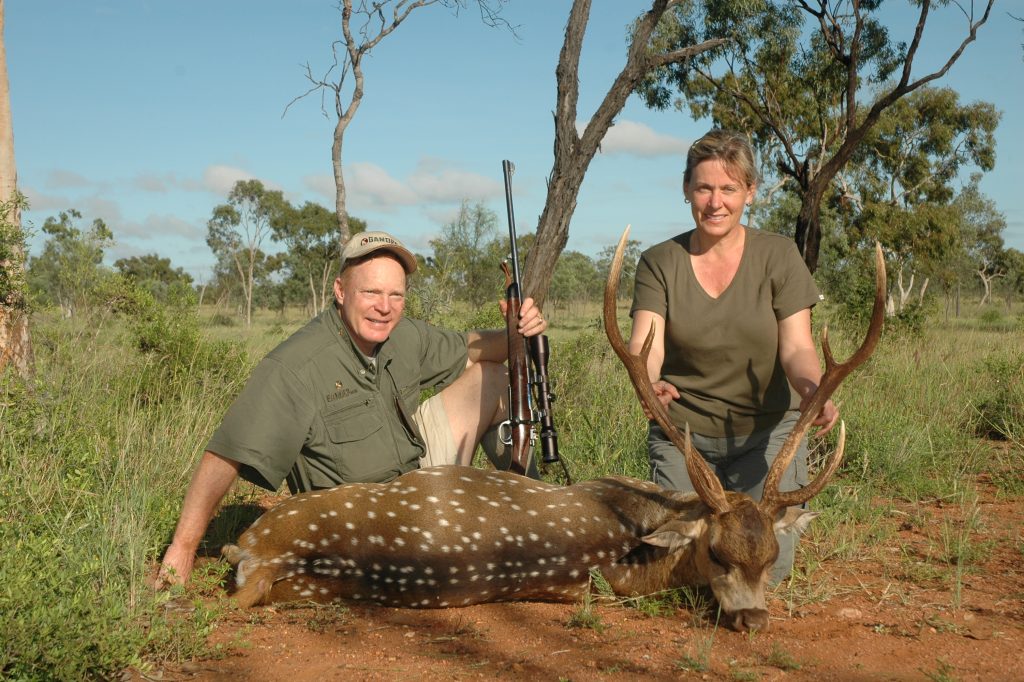Make Memories: Family-Friendly Free Range Axis Hunts in Texas Await You!
Make Memories: Family-Friendly Free Range Axis Hunts in Texas Await You!
Blog Article
Exploring the Adventure of Hunting Adventures in Diverse Landscapes
The pursuit of searching in diverse landscapes offers a fascinating crossway of skill, method, and respect for nature. Each surface, from the impressive heights of the hills to the complex communities of marshlands, supplies unique challenges and benefits that can considerably shape the searching experience. Understanding these different environments not only boosts the excitement of the chase yet also grows one's connection to the all-natural world. As we take a look at the unique attributes of each setup, it ends up being clear that the journey extends past the search itself, leading to concerns concerning preparation, way of thinking, and the ethical ramifications of the sporting activity.
Hill Searching Experiences
As hunters ascend the tough terrain of hilly areas, they frequently come across an one-of-a-kind mix of challenges and rewards that define the mountain searching experience. The elevation and high slopes require not just physical endurance yet also strategic planning. Navigating rocky outcrops and variable weather can evaluate even the most experienced hunters.
The main allure of mountain hunting lies in its spectacular landscapes and the opportunity to pursue elusive game varieties, such as hill goats or elk, which are adjusted to these rough settings. Identifying and tracking these animals typically needs a keen understanding of their behavior and habitat, making each effective experience profoundly pleasing.

However, security stays extremely important; hunters should furnish themselves with proper equipment and expertise to handle the unpredictable aspects of the hills. On the whole, hill searching offers a compelling combination of adventure, skill, and respect for the natural world that continues to draw in lovers every year.
Woodlands: The Heart of the Search
Engaged in the thick plant of forests, hunters participate in a multifaceted experience that integrates technique, skill, and a profound connection to nature. Forest hunting offers distinct difficulties and rewards, as the thick underbrush and towering trees create a complicated setting for both predator and prey. The component of stealth comes to be paramount, requiring seekers to browse calmly with the foliage, attuned to the sounds and activities of wild animals.
From deer and wild boar to smaller video game, each hunt requires a tailored approach. The woodland's elaborate routes and natural barriers usually dictate searching methods, demanding flexibility and quick decision-making.

Open Plains and Game Tracking
Open up plains supply a vast expanse that offers distinctive chances and challenges for seekers involved in game tracking. The open landscape enables exposure over fars away, allowing hunters to identify game such as antelope, deer, or wild turkey from afar. Nonetheless, this exact same openness can make it testing to approach without being detected, as pets have an unobstructed sight of their surroundings.
Effective game monitoring in these settings requires an eager understanding of animal actions, particularly their movement, watering, and feeding patterns. Understanding of the surface is important; seekers should recognize features such as verdant ridges, sprinkling holes, and all-natural cover that can aid in calculated positioning. Wind instructions plays an important duty in minimizing scent detection, demanding careful click for more planning in technique.
Utilizing monitoring strategies, such as observing tracks, droppings, and feeding indications, can give important understandings right into pet movements. The capability to adapt and read the land to changing problems enhances the possibility of an effective quest. Ultimately, the thrill of tracking game link across open plains exists not just in the pursuit but likewise in the mastery of abilities that link seekers to the wild landscape they browse.
Coastal and Marshland Journeys
The unique environment of seaside and marshland locations offers seekers with a various set of chances and difficulties compared to the large open plains. These abundant ecosystems, identified by a mix of deep sea and freshwater environments, provide diverse wildlife, consisting of waterfowl, migratory birds, and numerous little game varieties. The vibrant nature of tides and seasonal changes can significantly influence video game accessibility, requiring seekers to adjust their techniques accordingly.

In addition, weather, such as high winds and rainfall, can play a considerable duty in hunting experiences (free range axis hunts in Texas). Hence, prep work and understanding of neighborhood problems are vital. Inevitably, coastal and marshland journeys supply an awesome searching experience that tests even the most experienced seekers, highlighting the importance of flexibility and ecological understanding
Tips for Diverse Terrain Hunting
Browsing varied terrains requires a strategic strategy to maximize hunting success. Each landscape provides distinct challenges and possibilities that seekers should understand to grow.
First of all, familiarize on your own with the particular characteristics of the surface-- whether it be mountainous, forested, or arid. Studying topographic maps and satellite imagery can provide understandings into the very best paths and potential video game trails. free range axis hunts in Texas. In addition, consider the climate patterns, as they can considerably influence pet activity and habits
Second of all, adapt your equipment to suit the setting. Lightweight equipment is important look here for hilly regions, while water resistant equipment is vital for marshland. Always guarantee that your camouflage straightens with the natural shades and textures of the landscape to improve camouflage.
Additionally, technique patience and monitoring. Hang around quietly checking your environments; many pets are proficient at blending into their environment. Utilize phone calls and aromas that simulate neighborhood wild animals to attract your target.
Finally, work together with experienced hunters aware of the terrain. Their knowledge can provide important suggestions and improve your overall success while making certain security in unfamiliar landscapes. By utilizing these methods, hunters can effectively browse varied terrains and increase their chances of a rewarding adventure.

Verdict
The exploration of searching experiences across diverse landscapes exposes the intricate partnership between human beings and nature. Each setting, from sturdy mountains to dense woodlands, open plains, and seaside marshlands, offers one-of-a-kind obstacles that enhance the hunting experience. These differed surfaces not only need ability and flexibility yet likewise grow a deeper admiration for wild animals and the ecological communities in which they prosper (free range axis hunts in Texas). Inevitably, the adventure of the quest is enhanced by the charm and intricacy of the all-natural world.
Each terrain, from the majestic heights of the hills to the elaborate ecological communities of marshlands, provides unique obstacles and incentives that can significantly shape the searching experience.As seekers ascend the sturdy surface of mountainous regions, they typically run into a special blend of challenges and incentives that specify the mountain hunting experience. Forest searching presents distinct obstacles and incentives, as the thick underbrush and imposing trees produce a complex atmosphere for both predator and target. Eventually, seaside and marshland experiences offer an exhilarating hunting experience that challenges even the most seasoned seekers, highlighting the value of flexibility and environmental understanding.
Each environment, from rugged hills to dense forests, open levels, and coastal marshlands, offers special obstacles that improve the searching experience.
Report this page